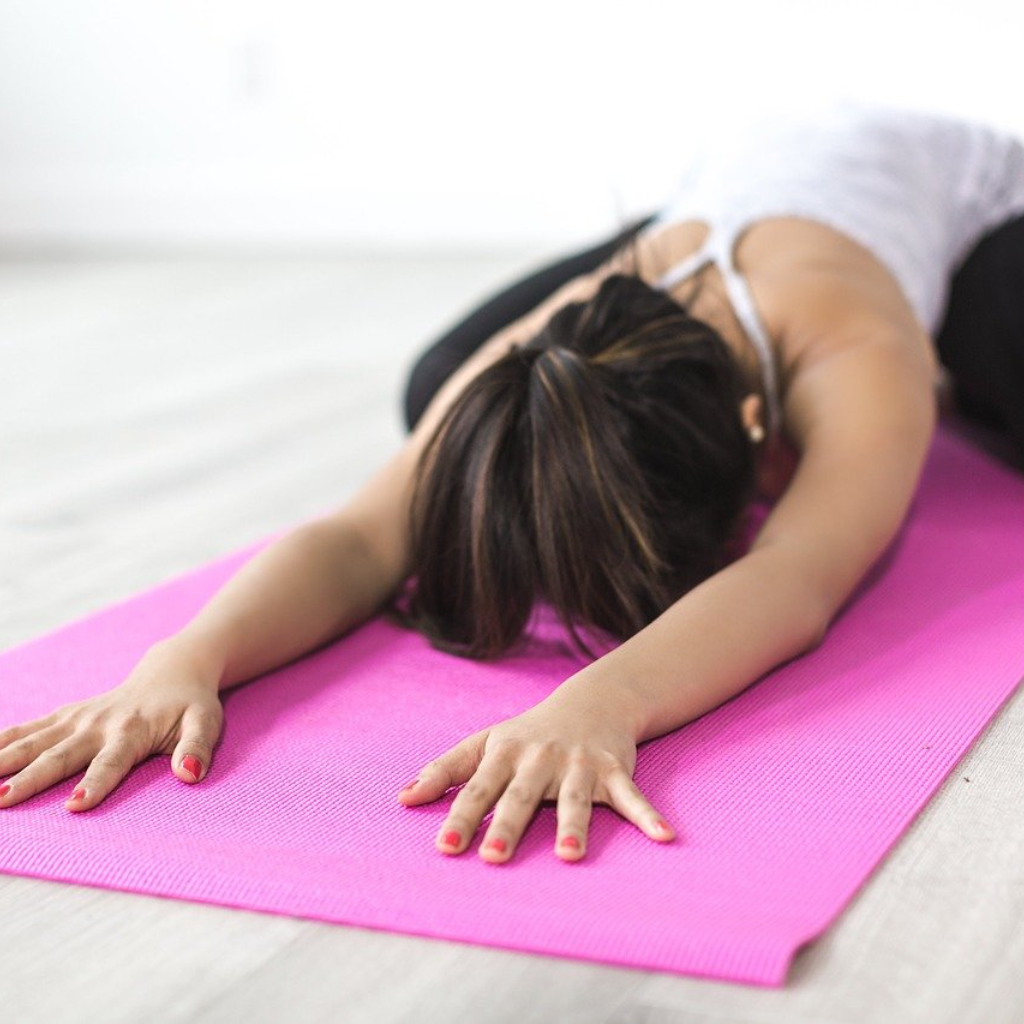BTL Welcome Mat
How Do I Know If I’m Doing It Correctly?
One of the most difficult parts of virtual yoga is not having our instructor physically present with us while we are practicing. As a result, we may find ourselves asking frequently, “I am doing this right?”
While we are virtual, in virtual classes there are still opportunities to get your questions answered. Ask your instructor to break down a pose before class, or unmute yourself to ask questions during or after class.
Remember that one of the bonuses of virtual yoga is not having the pressure that comes from seeing other students around you. Everyone and every body is different- there is no perfect yoga practice, only the perfect yoga practice for you.
How to Tune into Your Body
A big part of knowing what is right for you is centering in on yourself and your own body
1. It Shouldn’t Hurt. You can feel the burn when holding a plank or lunge, it can be hard, but you should never feel pain. A pinch, a real discomfort, is your signal to back out of a pose and adjust.
2. Scan before you start your practice. Begin with a scan of both your body and your day. Could you benefit from slowing down or letting out angsty energy? Are there parts of your body that need more attention or less? Ask yourself, “Am I going to be served by…? What am I craving?”
3. Continue to check-in. Throughout your practice, come back to mindfulness. If your mind wanders, reflect on what is distracting you and then re-center. Your yoga practice is personal to you and about what feels good to you in the moment.
4. Honor where you are now. Instructors may make something look effortless, but it’s not really. It’s good to modify your focus to remember there are going to be days where you are tired, sore, or distracted.

Every Body is Different
Your body is just that, your body. Which means that it is physically different then your instructor’s and fellow students. It’s okay to have adaptations in your practice and not do everything the instructor is doing. If it doesn’t feel good, don’t do it. Pushing yourself can result in injuries and a reluctance to show up on the mat.
If you find yourself unable to do something on the mat, it may not be your flexibility, but rather your physiology. If you can do it on the ground, then it is possible to do it standing with practice. But spine flexibility, hip flexibility and shape, femur length can all impact the body’s ability to make certain transitions or accomplish certain poses.
These are some poses and transitions that many yogis find challenging:
- Downward dog to plank or to lunge
- Chaturanga
- Pigeon
- Eagle

